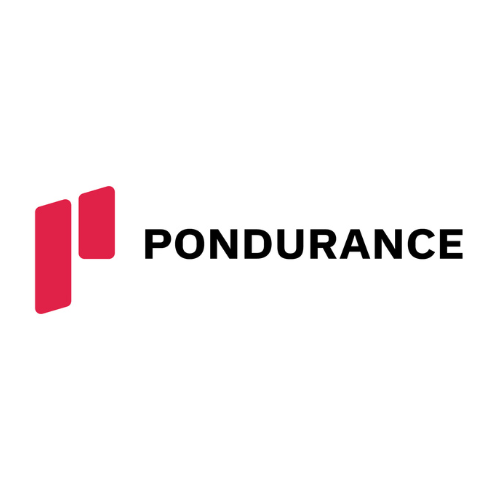
I am experienced in delivering value to companies via projects and programs. This profession has led me to be extremely involved in the Project Management Institute (PMI) organization. As the Co-Chairman of developing the PMI Business Analysis Practice Guide 2.0, I led a team charged with defining and refining how skills and competencies shape professional excellence. I worked with an international team and led a lot of interesting discussions about roles and how the skills needed to perform were ever changing. We ended up with a document that complements other PMI standards by providing detailed techniques that can be used in conjunction with broader project management frameworks. This has led to several thoughtful discussions with like-mined professionals on “how do we develop the Workforce?” to meet ever changing environments to deliver value.
But in applying those Business Analysis practices in real-world technology and business environments, I realized there was a missing piece. Skills and competencies — while critical — don’t fully explain why some professionals excel and others plateau. The difference often lies in personal attributes: the enduring qualities like adaptability, resilience, and integrity that influence how a person learns, applies, and sustains their capabilities.
The strength of an organization’s workforce is not built on skills alone. It’s the synergy between personal attributes, competencies, and technical and soft skills, all working within the framework of a strong corporate culture, which drives lasting success. If you want to develop a workforce, you must foster an environment that thrives on personal growth.
Understanding the Three Building Blocks
Figure 1 Building Blocks Illustrates the relationship between Individual skills, competencies, and personal attributes. The center of this relationship is the corporate culture. If you do not live daily value of personal growth and workforce development. We can break down these building blocks into 3 categories.
Figure 1 Building Blocks

1. Skills – The Practical Abilities
Skills are the specific, teachable abilities that can be measured and improved. They can be technical (e.g., cloud architecture, data analytics) or soft (e.g., negotiation, presentation skills). While essential, skills alone don’t ensure role success — they need to be applied within the right context.
This is the basis for a change management skills gap analysis exercise. It can include technical skills, people skills, and business acumen. Acquiring literacy of an external domain (such as AI) may also represent an opportunity for workforce development.
2. Competencies – The Integrated Capabilities
Competencies are broader than skills, combining knowledge, technical ability, and behaviors. For example, the competency of cybersecurity leadership includes threat analysis, incident response, communication under pressure, and ethical judgment. Competencies reflect not just what someone can do, but how they consistently perform.
This is an area where roles don’t matter, but the functions do. For example, a person may be assigned a role as a project manager but performs a lot of business analysis in defining the project “definition of done”. Sending the person to training on business analysis will help their overall competencies as a change agent for the organization.
3. Personal Attributes – Human Foundation
Attributes such as resilience, curiosity, empathy, and integrity influence how individuals approach challenges, adapt to change, and engage with others. These traits are often more difficult to teach, but they determine how effectively a person develops and applies both skills and competencies.
This is an individual trait, and you cannot teach it or force it on an individual. What you can do is encourage it. Critical attributes in workforce development might include individual commitment to personal and professional growth, curiosity, and relating something that seem extraneous to their personal sphere of influence.

The Corporate Culture Connection
Corporate culture shapes — and is shaped by — the way these three elements interact.
- A culture of continuous learning encourages employees to develop new skills regularly.
- A collaborative culture fosters competencies like teamwork and cross-functional problem-solving.
- A values-driven culture reinforces personal attributes such as trustworthiness and accountability.
When culture and development are aligned, organizations create a self-reinforcing cycle: employees gain the capabilities they need, apply them effectively, and model behaviors that strengthen the culture for the next generation of talent.
Why It Matters for Workforce Development
Workforce development is important for evolving your team to meet challenges in the workplace. Investing in the team, both formally and informally, is an intangible benefit. While pursing a production issue, the team feels free to relate previous like experiences can generate a story that illustrates the problem better than volumes of technical documentation and YouTube video. Some of these intangible benefits include:
- Higher retention due to stronger employee engagement.
- Better adaptability to new technologies and market shifts.
- More effective leadership pipelines with candidates ready to step into critical roles.
This holistic approach turns workforce development into a strategic advantage rather than a reactive necessity.
Practical Steps for Leaders
Steps for your workforce development really need to be a conscious sustainable activity. It’s not just putting together bullet points in January to sit on a shelf gathering dust until the next January when you dust them off and change a few words and you’re good to go. And it doesn’t have to involve an elaborate HR campaign. I recommend you work with each member of the team and fill out a simple 4-quadrant card.
Review this quarterly, or maybe even monthly. This is not a career pathing exercise, it is a personal growth exercise.
Many corporations punt on growth by telling individuals you are in charge of your career and we won’t give you a career path. This approach to workforce development is how to grow yourself. And to you nay-sayers that argue “if we develop them, they might quit and go to another company”. That is a risk, but they may do that to go to another company because they don’t feel valued due to lack of development.
The End Goal
My journey from writing about skills and competencies in the PMI Business Analysis Practice Guide 2.0 to exploring their interplay with personal attributes reinforced a vital truth: technical excellence alone isn’t enough.
You can be taught technical tools and various business processes, but to develop the workforce, you need to develop a corporate culture that considers skills, competencies, and personal attributes. Not consider workforce development but as an investment. AI can’t replace personal attributes of curiosity and telling a story of an experience to clarify a situation.
The real magic happens when an organization intentionally aligns skills, competencies, and personal attributes within a culture that values and develops all three. That’s where capability meets commitment — and where organizations create lasting impact. To quote the Ohio State Football Legend Woody Hayes, “You Win with People”. Your organization needs that perspective when it comes to Workforce development.
About the author: David Davis is a recognized thought leader and seasoned Program/Project Manager with over 20 years’ experience leading large-scale business transformation, process improvement, and change management initiatives. He is skilled at bridging strategy and execution, fostering stakeholder trust, and driving measurable benefits through disciplined agile practices, benefits realization, and cross-functional collaboration.


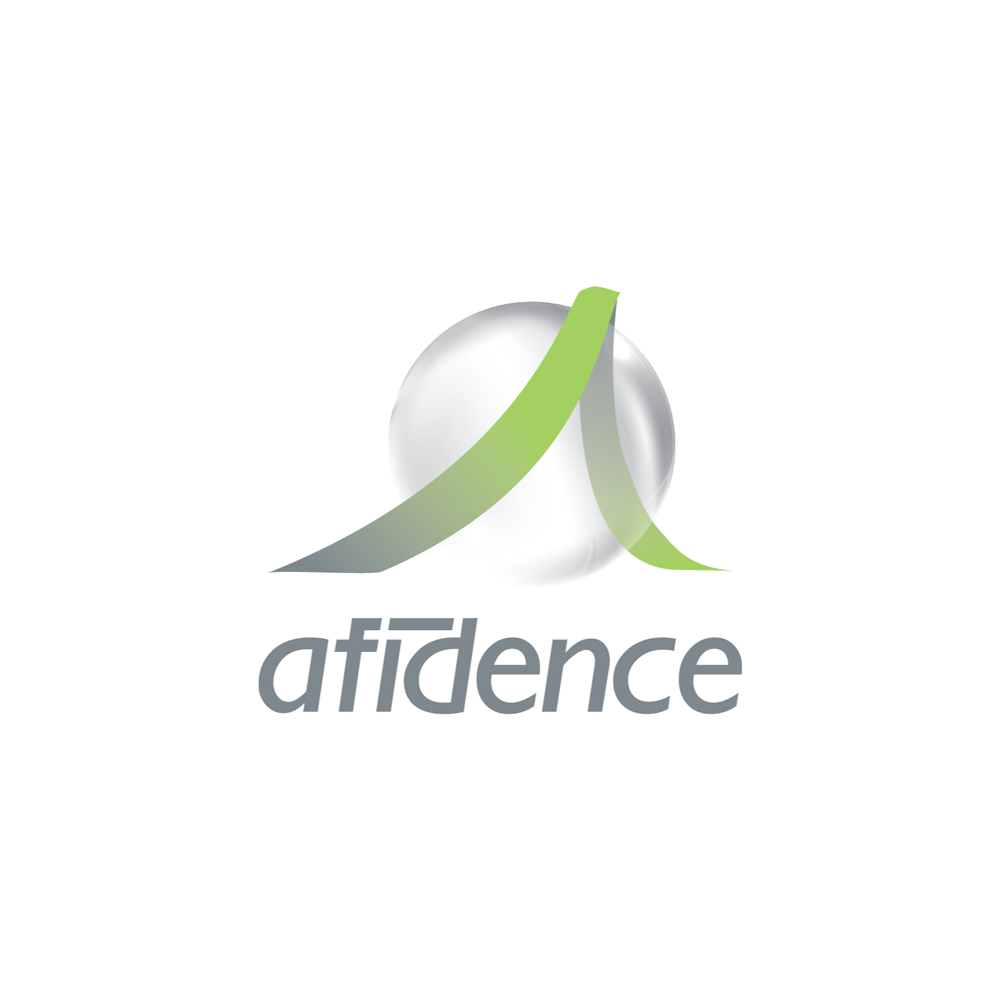
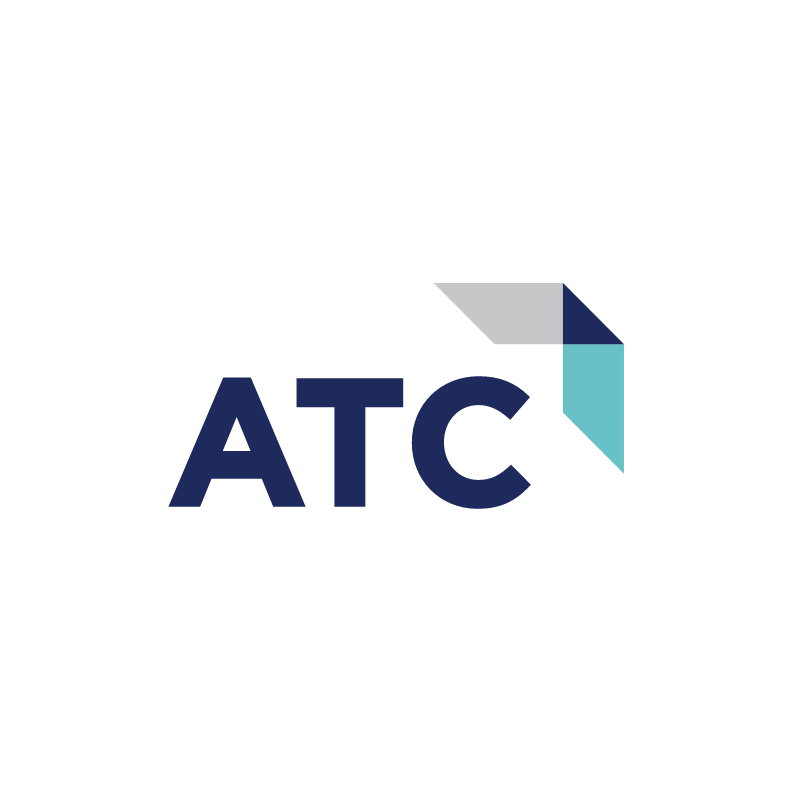
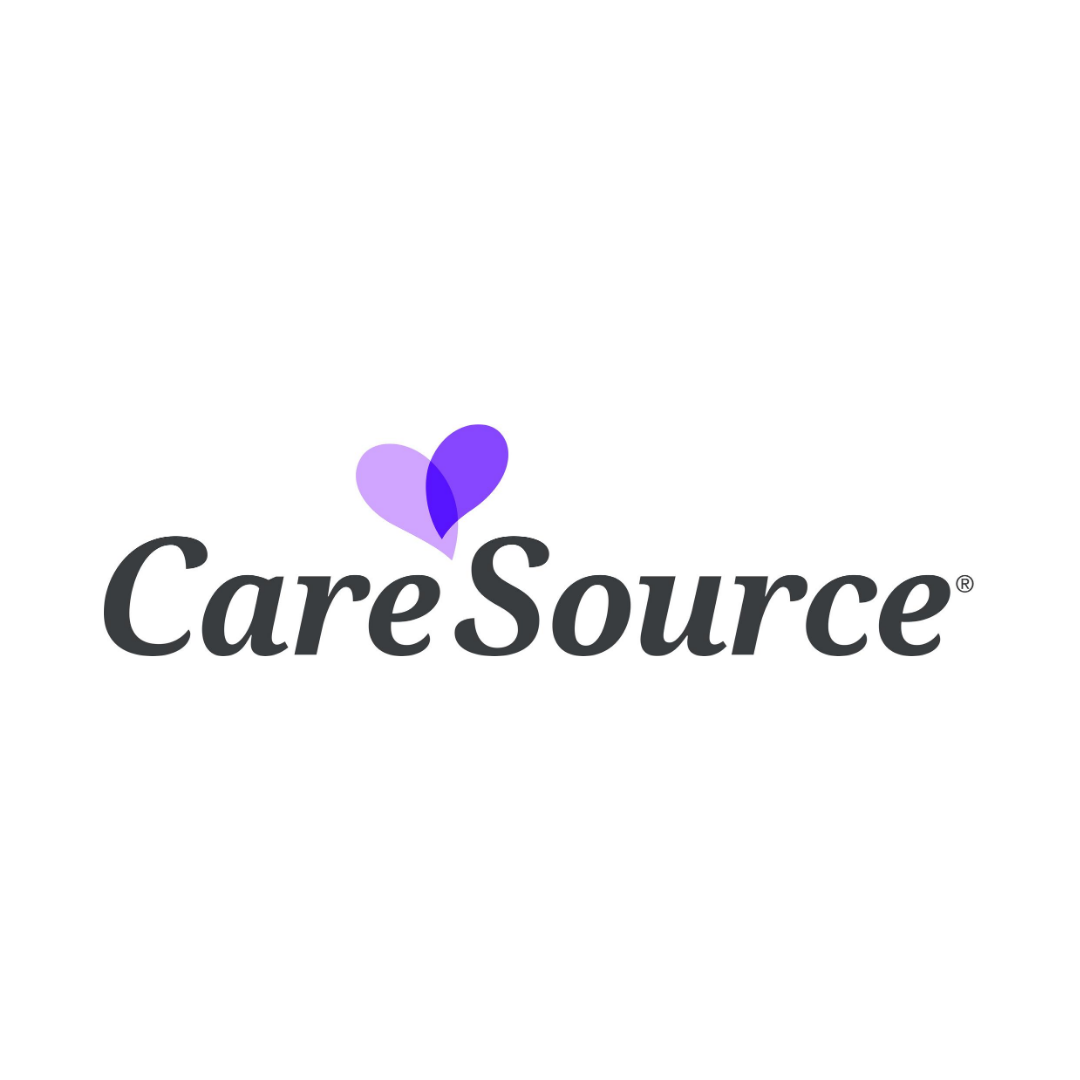
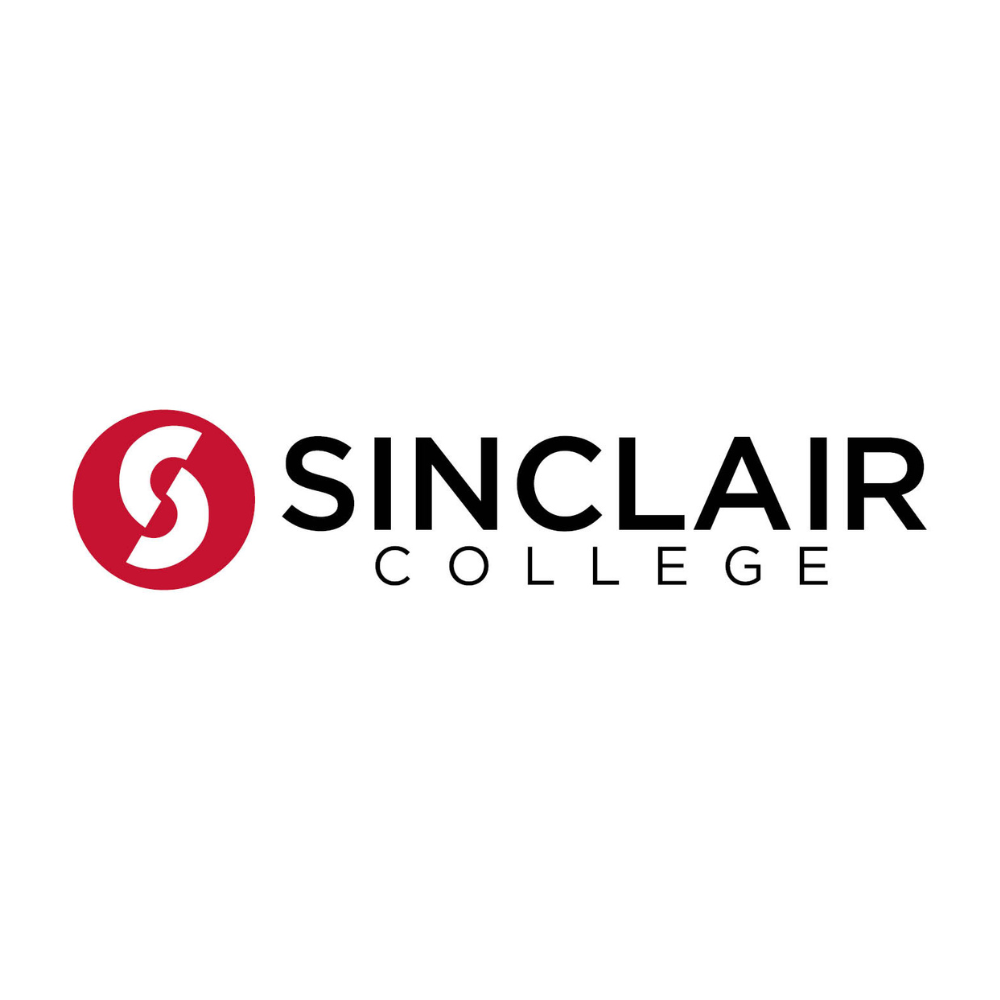
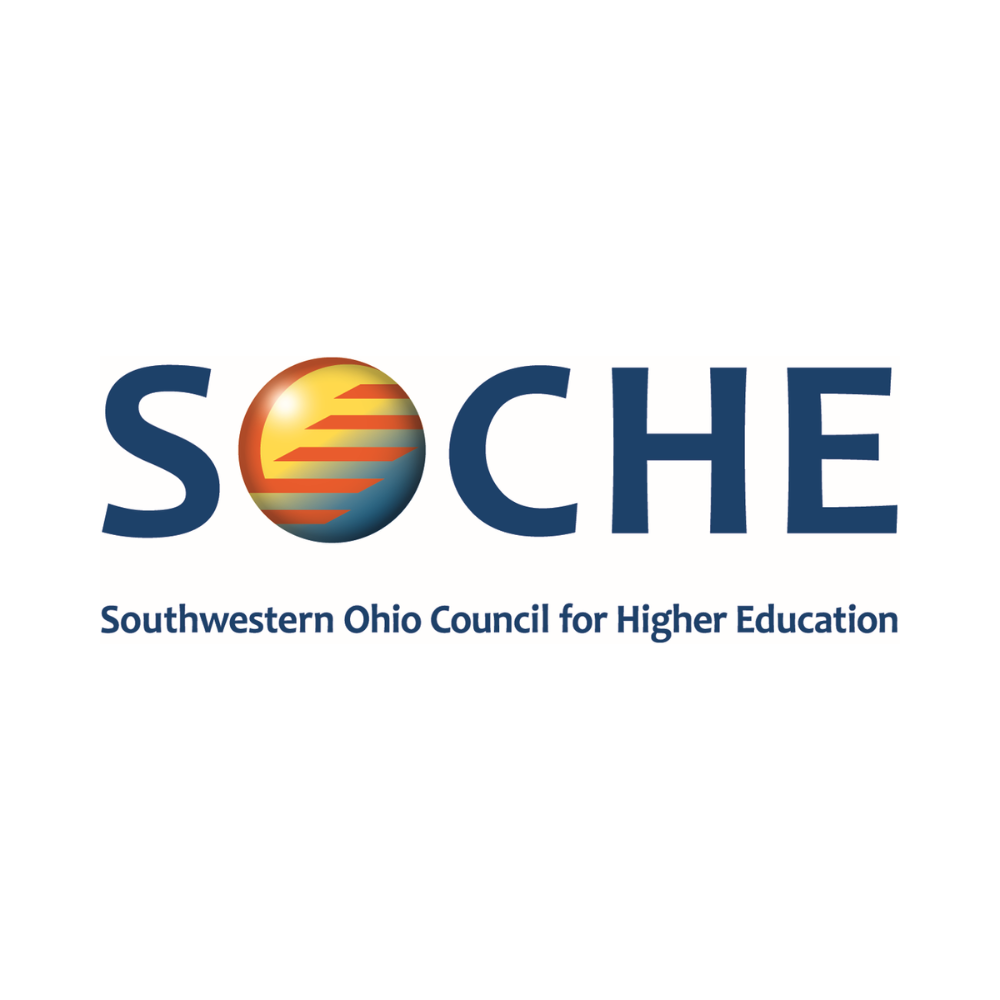
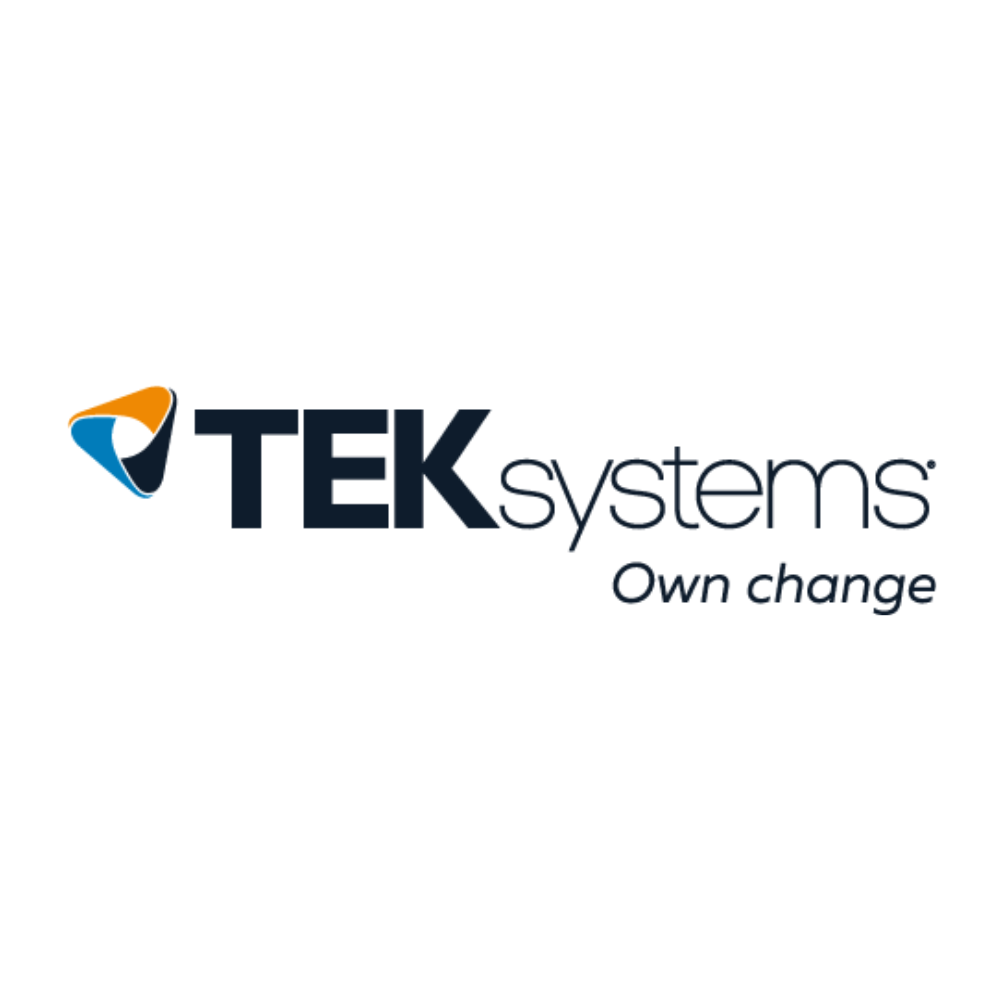
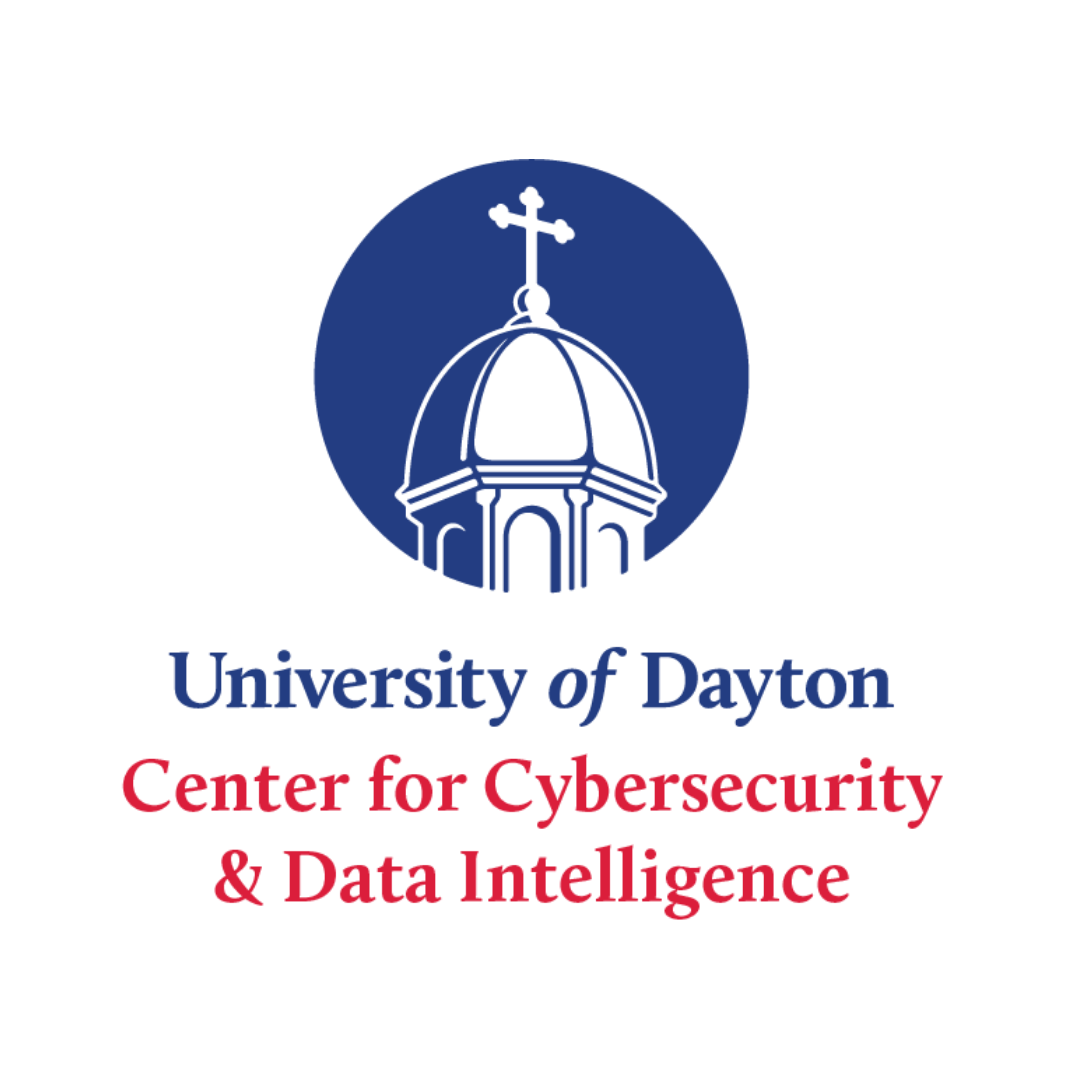
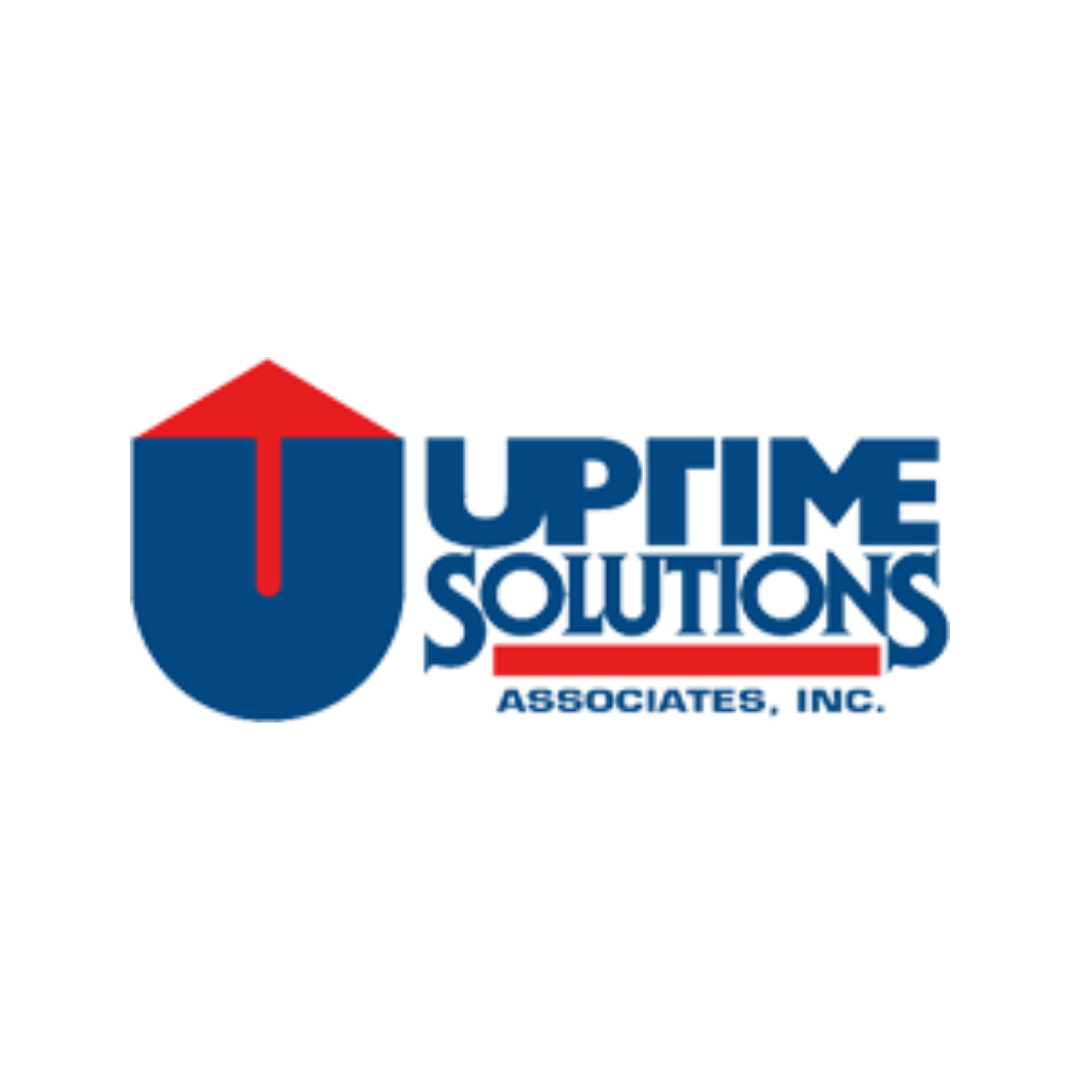




.png)


